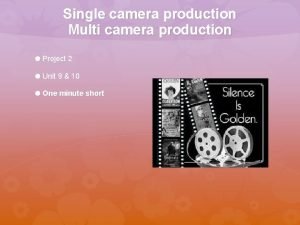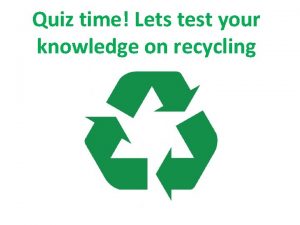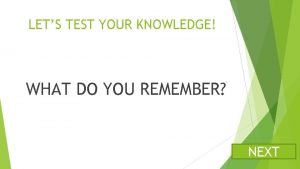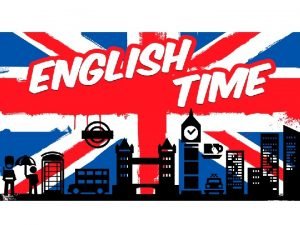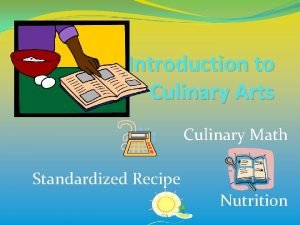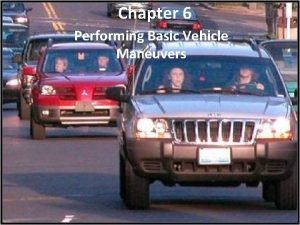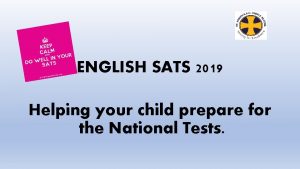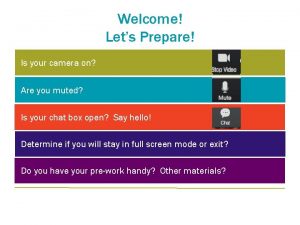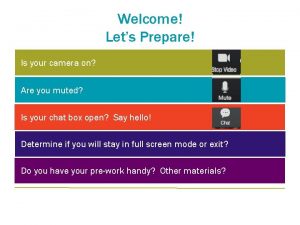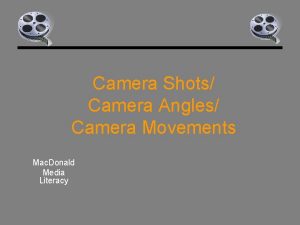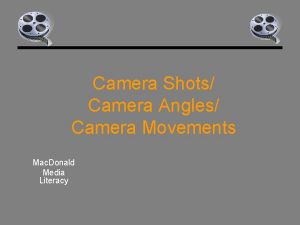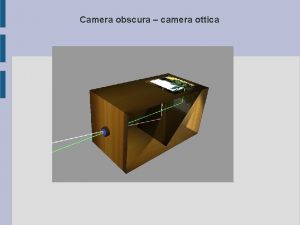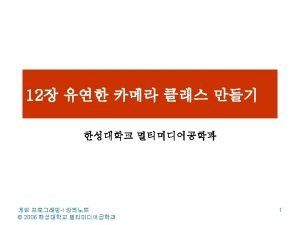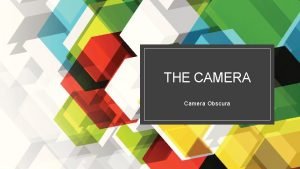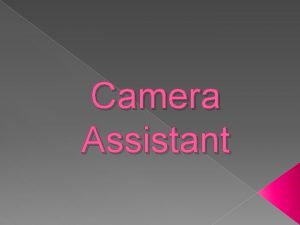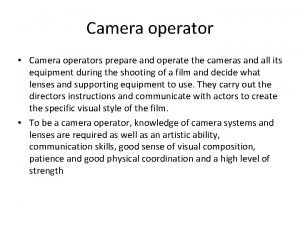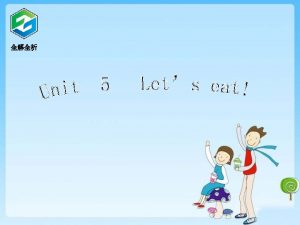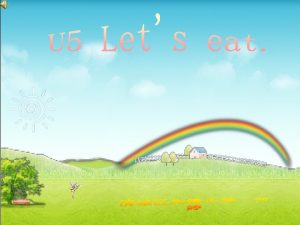Welcome Lets Prepare Is your camera on Are















- Slides: 15

Welcome! Let’s Prepare! Is your camera on? Are you muted? Is your chat box open? Say hello! Determine if you will stay in full screen mode or exit? Do you have your pre-work handy? Other materials?

Collaborative Literacy Framework: CCC’s Approach to Balanced Literacy

Learning Goals This experience is designed to prepare you to talk about the components of Collaborative Literacy as parts of a balanced literacy framework. It will provide you with talking points to help people see how CL not only supports a balanced literacy framework, but makes it even stronger.

Agenda Reflect on what balanced literacy is. Consider how districts have adopted and adapted a balanced literacy framework. Review CL components in the context of that conversation.

Expectations for Learning Participate via Zoom including video function, chat box function and breakout sessions Be prepared to complete some independent work during the sessions. Be able to access the rep tool site and other resources needed.

What does balanced literacy mean to you? Type words and phrases that come to mind in the chat box. You may wish to include some of what you heard in Peter’s video.



How have your schools or districts adopted and adapted the balanced literacy model? Where does CL fit?

Collaborative Literacy Program Reading and Writing Instruction Grades K– 6 Reading Instruction K– 2: Being a Reader & Making Meaning Whole-group Instruction • Read-Alouds: Comprehension and Vocabulary lessons • Shared Reading (K– 1): Phonological awareness, concepts of print, sight words, oral fluency • Independent Work (K– 2) • Word Study (Grade 2) • Handwriting (K– 1) Small-group Instruction • Sets 1– 5: focus on foundational skills with application in connected texts • Sets 6– 12: focus on comprehension, fluency, and word analysis Guided Practice • Student Response Book (1 -2) • Word Study Notebook (2) Independent Practice • Individualized Daily Reading (IDR) • Independent Work Rotations • Handwriting Notebook (K– 1) Writing Instruction 3– 6: Making Meaning Whole-group Instruction • Read-Alouds: Comprehension and Vocabulary lessons Guided Practice • Student Response Book • Reading Assessment Preparation Guide Support for Differentiated Instruction • Formative Assessments, inlcuding IDR Conference Resources • IDR Mini-lessons • Stages of Reading Development Independent Practice • Independent strategy practice • Individualized Daily Reading (IDR) • Conferring • Classroom libraries (optional) Being a Writer K– 6 Whole-group Instruction • Read-aloud mentor texts • Mini-essons in genre, craft, skills and conventions Guided Practice • Student Skill Practice Book (1– 6) • Student Writing Handbook (2– 6) • Writing Performance Task Preparation Guide Independent Practice • Writing Time • Conferring Intervention Grades K– 12 Reading Intervention SIPPS (Systematic Instruction in Phonological Awareness, Phonics, and Sight Words) Small-group Instruction • Beginning Level: short–vowel, single-syllable decoding • Extension Level: complex-vowel decoding • SIPPS Plus: decoding support for students in grades 4– 12 who require the instruction in SIPPS Beginning and SIPPS Extension levels • Challenge Level: polysyllabic decoding • Mastery tests provide on-going progress monitoring • Fluency libraries (optional) Building the Foundation for Academic Achievement Collaborative Literacy provides opportunities for students to be engaged, collaborative, and reflective in their learning process. Practices that promote social-emotional learning are embedded in every lesson which allows students to thrive academically.

https: //www. dropbox. com/s/xa 5 rr 7 jxja 80 cx n/Whole%20 Group%20 to%20 Independent %20 Work. pdf? dl=0

Breakout Discussion How will you talk with your customers about CL in the context of balanced literacy? • What’s going to feel familiar? • What will feel different or new? (Next week we’ll take a deep dive into small group instruction, so you may want to focus on the other components)

Let’s Debrief!

Share an ah-ha, a takeaway, or key new learning. Chat Box

Summer Learning Schedule Later Today: Collaborative Literacy Implementations: Stories from the Field Next Week - Tuesday Being a Reader and Guided Reading: What Makes CCC’s Approach Unique Selling Collaborative Literacy: A Comprehensive Literacy Curriculum Wednesday Collaborative Classroom’s Support for MTSS/RTI: Making the Case Using Salesforce to Grow Your Territory, Plan Campaigns, and Stay Connected Thursday Institutes, Conferences, Partnerships: Campaigns that Work Making Meaning and Being a Reader: Why do you need both?
 Insidan region jh
Insidan region jh The office single camera
The office single camera Single camera vs multi camera
Single camera vs multi camera Bing recycling quiz
Bing recycling quiz Let's check your knowledge
Let's check your knowledge Let's check your homework
Let's check your homework Describe favorite holiday destination
Describe favorite holiday destination Describe your favourite holiday destination
Describe your favourite holiday destination Culinary math conversions
Culinary math conversions A turnabout is a maneuver for *
A turnabout is a maneuver for * Pure in heart lds
Pure in heart lds Her mother is preparing the dinner
Her mother is preparing the dinner English sats 2019
English sats 2019 Wise men three clever are we
Wise men three clever are we Give us your hungry your tired your poor
Give us your hungry your tired your poor Welcome back and hope you had a great vacation
Welcome back and hope you had a great vacation


